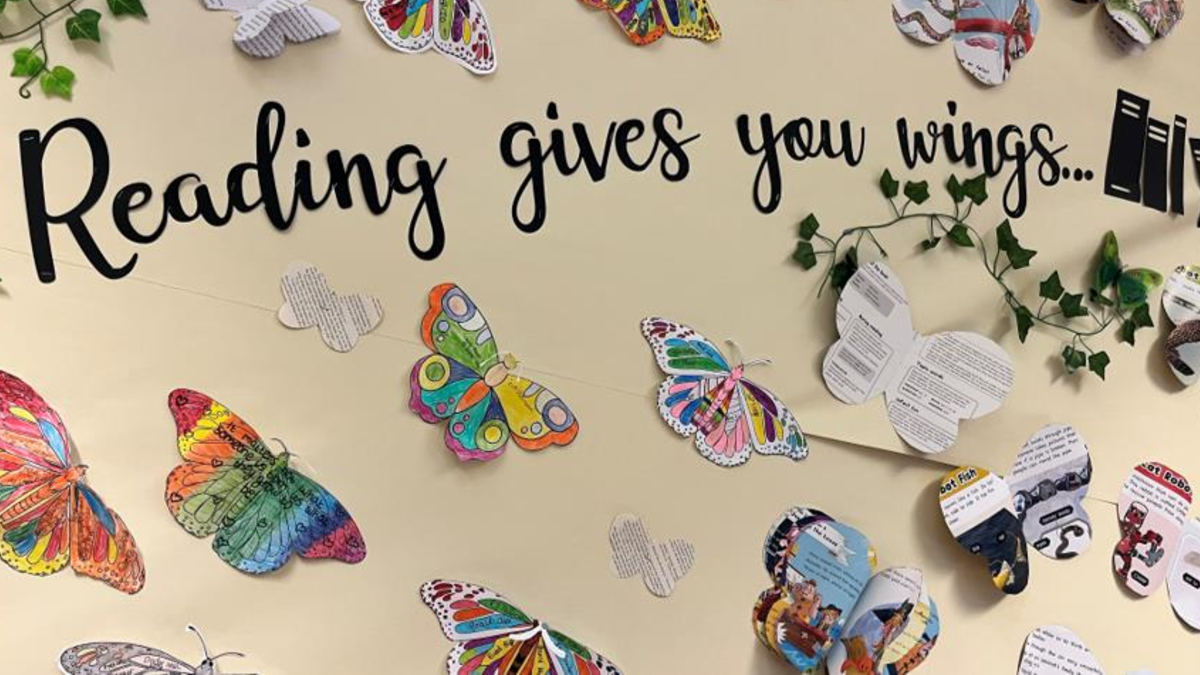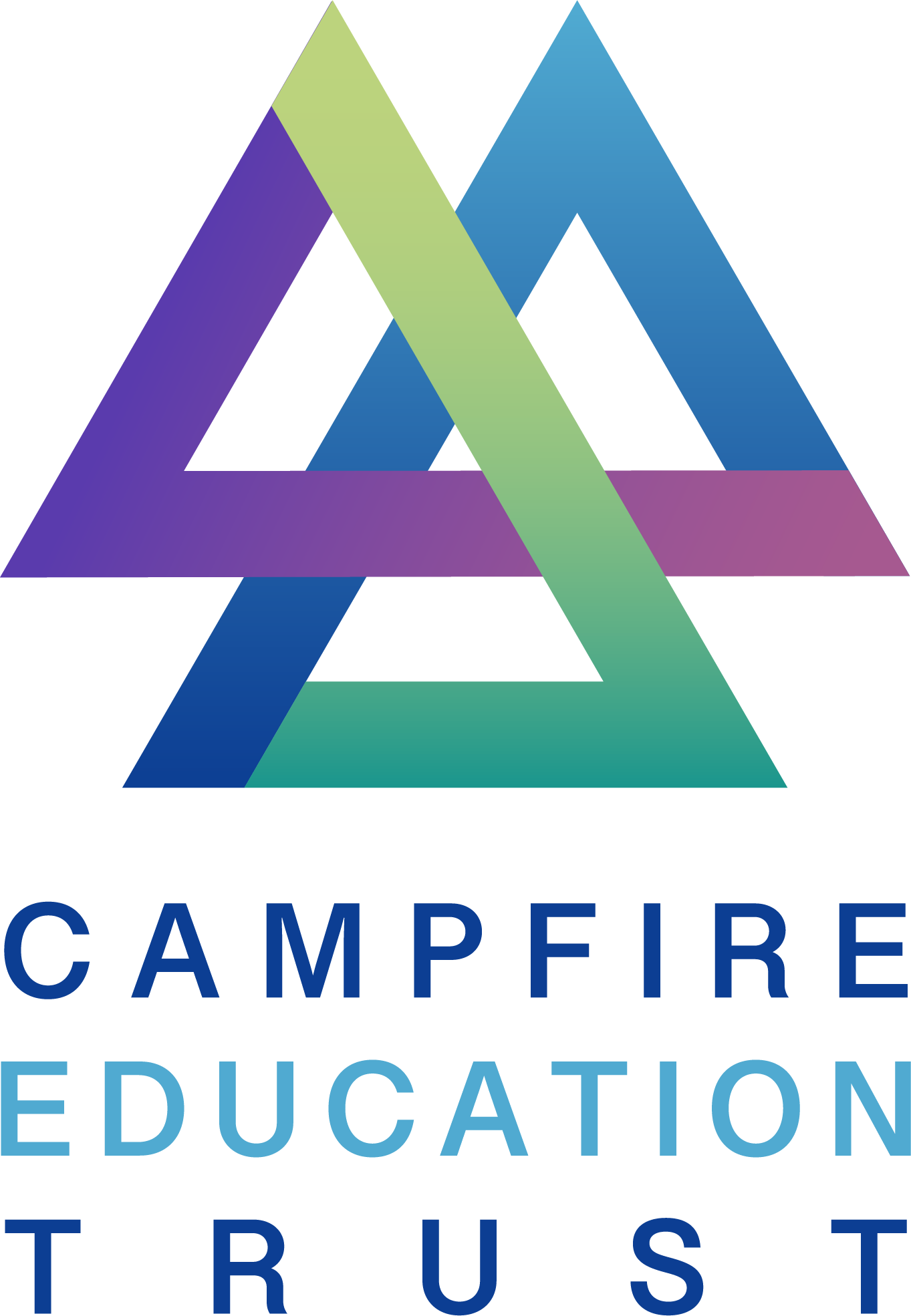Phonics
Intent
At Lace Hill Academy, the teaching of reading and writing is a high priority. We want to promote high standards of language and literacy, whilst developing a love of reading and writing. It is vital that children, as well as teachers and parents, understand the relationship between reading and writing.
Reading is breathing in, writing is breathing out
We place a high priority on the teaching of systematic phonics. Phonics is a method of teaching children to read and write. It helps children hear, identify and use different sounds that distinguish one word from another in the English language.

Implementation
At Lace Hill Academy we follow the systematic scheme Sounds~Write to teach phonics. Phonics is a method of teaching children how to read and write. It helps children hear, identify and use different sounds that distinguish one word from another in the English language.
We chose Sounds~Write because of its rigorous approach. It also adheres to DfE and OFSTED guidance that states:
Schools should be determined that every pupil will learn to read, prioritising reading as a foundation for future learning, and enabling children to access the rest of the curriculum and avoid falling behind.
A sequential approach to the reading curriculum is expected; the sequence of reading books should demonstrate a cumulative progression in phonics knowledge, matched closely to your school’s phonics programme, followed by ongoing reading progress throughout KS2.
About Sounds-Write
Sounds-Write is a quality first phonics programme. Its purpose is to provide a scheme to teach reading, spelling and writing.
The code (phonic sounds) will be taught throughout EYFS and Key Stage 1.
From Year 3 onwards, staff will continue to build on the Sounds~Write scheme to finely tune the spelling and reading of all children at Lace Hill.
The Sounds-Write programme teaches the children to understand the way the alphabet (referred to as ‘code’) works. Because of the complex system of the alphabet code in the English language, often, in the early stages of learning to read and spell, pupils will not be able to spell some sounds using the correct spellings. However, pupils taught using Sounds-Write are more likely to be able to write almost anything they want using plausible (phonetic) spellings for sounds. As they progress through Key Stage 1, pupils learn systematically how words are spelled in English. The ability to express oneself in writing from the start of school gives children enormous confidence, which naturally feeds back into the other kinds of learning taking place within the school curriculum.
Sounds-Write teaches children that:
· Letters are symbols (spellings) that represent sounds.
· Each sound may be represented (spelled) by a 1, 2, 3 or 4-letter spelling.
· The same sound can be spelled in more than one way (goat, slow, note, toe, over).
· Many spellings represent more than one sound (ea in read and bread).
The following skills are taught throughout the Sounds-Write program:
· Blending – the ability to push sounds together to build words (c-a-t = cat)
· Segmenting – the ability to pull apart the individual sounds in words (pig = p-i-g)
· Phoneme manipulation – the ability to insert sounds into words and delete sounds out of words. This skill is necessary to test out alternatives for spellings that represent more than one sound.
It is important to note that speed and accuracy need to be achieved for all three of the above skills in order for them to become automatic.
· There is a short 20 minute, online course that parents can complete that is aimed specifically at parents and carers and will further your understanding of the Sounds-Write program and teaching. You can find the course by going to: https://www.udemy.com/help-your-child-to-read-and-write/
Reading Books
Each week the children will be following systematic phonics teaching. In EYFS they will be learning the Initial Code.
From Y1 and in Y2 the children will continue following the systematic phonics teaching but will work through the Extended Code – looking at ‘same sounds different spelling’ and ‘same spelling different sounds’ this will be when the children learn how to read and spell words using a variety of different alphabet code.
It is important to bear in mind that all children are individuals and learn in different ways at different rates of progress. With this in mind, some children may be slightly further ahead or behind these planned stages and interventions will be put in place in response to the children’s needs.
Reading at Home
Children from EYFS to Y1 will take home a variety of reading books to share at home including
· A phonic book matched to the phonic code that they have previously been taught
· A reading for pleasure choice
A book to share with an adult as either a shared reading experience or a bedtime story. Listening to someone else read is just as important in the children’s learning.
How can parents support children at home?
Reading at home, every day, has the biggest impact on your child’s learning and progress. Please find below some suggestions that will support you with supporting your child.
· Use letter sounds rather than letter names with their children at home. This will avoid confusion for the children and will reinforce the learning being done at school.
· Avoid adding an extra vowel when pronouncing letter sounds e.g. ‘buh’ ‘duh’
· When listening to your child read encourage them to have-a-go at unfamiliar words by encouraging them to: “Say the sounds and read the word”.
· Visit the Sounds-Write website for further information, support and resources: http://www.sounds-write.co.uk/
· Learn more about how we teach phonics and how you can support your child at home using the online course by going to: https://www.udemy.com/help-your-child-to-read-and-write/
Accelerated Reader
At Lace Hill, we use Accelerated Reader in Y2 – 6, that complements our phonics approach. It is a programme that helps hone children’s reading skills with authentic practice - encouraging growth. Accelerated Reader enables children to use their reading skills at any level or age to establish the following:
· goals that help children stay focused on the factors that matter most for reading growth—and help us to monitor their progress and provide feedback to keep them on track.
· individual reading recommendations that use children’s interests and reading levels to suggest appropriate books
· comprehension skill level through tailored reading quizzes, while literacy skills and vocabulary quizzes extend children’s learning
· detailed reports provide insights into the children’s progress and support us in developing a curriculum that is responsive to all our children
Please also refer to our Phonics Policy
If you have any questions about reading or phonics, please don’t hesitate to contact us.
Impact
Phonics screening
At the end of Year 1, all children have to undertake the Year 1 Phonics Screening Check. Working 1:1 with their teacher, children will read 40 words, some of which are real and some of which are pseudo (made up/alien) words containing the 40+ phonemes they have learned during the first two years in school. The pass marl is usually around 32 and children who do not reach this standard will receive extra phonics support in Year 2 and resit the screening check at the end of Year 2.
Ultimately, we want children at Lace Hill Academy to leave the school as children with a lifelong love of reading and writing that will enable them to thrive in their next step in education and into adulthood. .

Reading Books
Our pupils have the opportunity to take home a variety of decodable books including:
- Sounds~Write books
- Dandelion books
Each week the children in EYFS and Key Stage One will be following systematic phonics teaching. In EYFS they will be learning the Initial Code. From Y1 and in Y2 the children will continue following the systematic phonics teaching but will work through the Extended Code – looking at ‘same sounds different spelling’ and ‘same spelling different sounds’ this will be when the children learn how to read and spell words using a variety of different alphabet code.
Children from EYFS to Y2 will take home a variety of reading books to share at home including:
- A phonic book matched to the phonic code that they have previously been taught
- A wordless book for EYFS children - This book will continue to develop confidence and a love of reading as well as support children’s comprehension of what they are seeing in the context of a book.
- A book from our accelerated reader library for Y2- This will be a book that the children can read independently using their segmenting and blending skills and enables them to develop their comprehension. These books will be at the right level for each child as they will be given out based on their star test outcomes
- A reading for pleasure choice
Supporting your child to read at home
Reading at home, every day, has the biggest impact on your child’s learning and progress. Please find below some suggestions that will support you with supporting your child.
- Read as much as possible with your child at home. Remember to fill in your child's reading record every time you read together.
- When your child starts to learn to read and write we do not use letter names. We say the sounds very precisely as demonstrated in the video below.
- Use letter sounds rather than letter names with their children at home. This will avoid confusion for the children and will reinforce the learning being done at school.
- Avoid adding an extra vowel when pronouncing letter sounds e.g. ‘buh’ ‘duh’
- When listening to your child read encourage them to have-a-go at unfamiliar words by encouraging them to: “Say the sounds and read the word”.
Other activities you can do:
- Download the Sounds Write app on your iPad or Tablet (if you have one) for your child to play on at home. More information can be found via the link here:
https://www.sounds-write.co.uk/page-82-app-for-ipad.aspx
- Compete the Sounds Write parents course which will help you to help your child take their first steps in reading and spelling; understand how to help your child build, write and read simple cvc (consonant, vowel, consonant) words; understand how to correct your child when they make a mistake in their reading or writing simple words and it will help you to have a basic understanding of how phonics works. You can sign up to the free course here:
https://www.udemy.com/course/help-your-child-to-read-and-write/
- Attend the Phonics Information Evening for parents on Monday 9th October at 15:15 - more information to follow via Parentmail.
- Visit the Sounds-Write website for further information, support and resources: http://www.sounds-write.co.uk/
Address:
Catchpin Street
Buckingham
MK18 7RR

All Rights Reserved | Lacehill Academy | Privacy Policy


